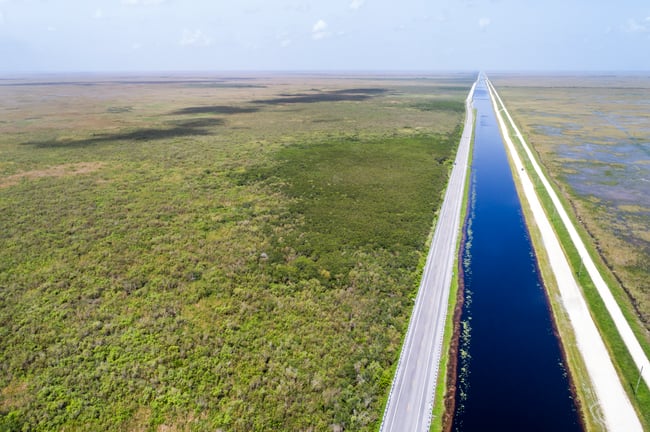What You Need to Know About Levees
A famous flood solution, levees will not work for all communities
Contrary to the mixed reputation levees have garnered, they can serve as a valuable addition to flood protection infrastructure. Despite famously breaking during Hurricane Katrina and allowing New Orleans to flood in 2005, communities benefit from levees with the right safety measures, good design, and proactive maintenance.

Credit: Getty Images / Jeff Greenberg
The Takeaway
High-density communities prone to frequent, small floods can benefit from adding levees to their flood mitigation strategy, but particular care is needed to prevent increased flooding downstream.
-
How they work: These artificially built embankments border rivers and other bodies of water to keep them from flooding the land.
-
Where they work: Levees exist in all 50 states, but they work best to protect cities with high-density populations.
-
Where they don’t work: High costs make them inefficient to protect smaller populations. While levees offer strong protection against smaller floods for the communities they defend, they can exacerbate flooding in downstream communities by collecting water and increasing its speed.
Unlike other flood solutions, levees are challenging to update. Over time, worsening flood risk may make more amenable solutions, like living shorelines or beach renourishment, better options.

